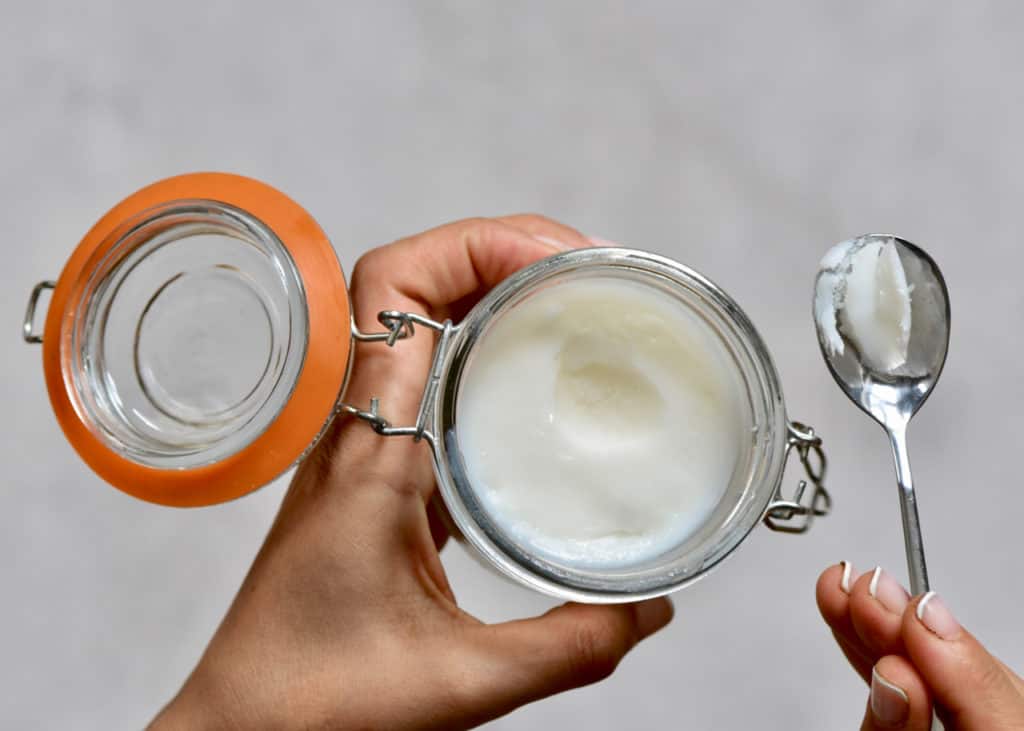Table of Content
We need to blend the pulp we set aside earlier to extract as much coconut milk out of it as possible. When you are done extracting the coconut milk, set the pulp aside for now. Use of a minimum of 4 big coconuts to get about 150 ml of coconut oil. Depending on the size of the coconuts, the amount of oil also differs every single time. Always choose mature coconut to prepare coconut oil. Tender coconuts may not have much oil in them.

Cover it and refrigerate overnight or until the cream and water form separate layers. Transfer all the leftover fibre content back into the blender, add hot water and blend again. Then, the Copra thus obtained is then compressed to extract the coconut oil which leaves behind a high fibrous mash which can feed ruminants.
DIY: How to Make Virgin Coconut Oil
However, as this method uses less heat than my Virgin method, extra virgin seemed fitting. In fact, coconut oil only starts to break down at about 50ºC/122ºF, anything under can technically be labeled cold-pressed. The store bought virgin oil had a weird smell while, the homemade coconut oil only has a very mild fragrance. I have given PHOTO instructions and a VIDEO to help you guys get a better understanding on how to make virgin coconut oil from coconut milk. So, I will explain the different ways of making virgin, extra virgin, and cold-pressed coconut oil. Before we get into how to make coconut oil, I will broadly classify the two types of coconut oils.
To extract even more liquid, pour more hot water over the pulp and squeeze it again. Once the oil has separated from the cream and solidified, use a spoon to remove it from the first container and place it in a new container. Cut the coconut meat into small pieces or shred the coconut flesh with the scraper.
Similar Posts
Used in moderation, coconut oil could be more actively beneficial than olive oil. Coconut oil has been considered taboo in the past, mostly due to the alarming fact that it is nearly 90 percent saturated fat. Repeat this process until all of the coconut mixture has been used. Hello, I am Cindy, and this a website where I inspect everything related to nutrition and a healthy lifestyle. I have a BS in Nutrition and Food Science and have completed a dozen specialty courses related to nutrition, biochemistry, and food science. I am open to learning more, but foremost I would like to share all my knowledge with you.

The coconut milk is then extracted and poured into a centrifugal machine for oil extraction. In this method of extracting virgin coconut oil, you will need dehydrated coconuts. You can buy dehydrated coconut flakes from the supermarket. Or, if you have coconut at home, you can dry it out using a dehydrator. There are several characteristics that separate refined and unrefined coconut oil (i.e. virgin coconut oil). In the case of coconut oil unrefined doesn’t necessarily mean that no heat has been applied.
Did you know you can get answers researched by wikiHow Staff?
I have placed the bowl in a plate of water to prevent insects and ants walking in to it. Add a small amount of coconut scraps to the blending jar. You may drink this or refrigerate for future use.
If you squeeze the bag, the curd will turn in to a paste form and paste right through the filter which defeats the purpose of filtering. Now it is 2 PM and in just five hours the fermentation process is completed. It takes less time to ferment in summers and a bit longer in winters.
What is Coconut and/or Copra?
Once the mixture has completely separated into the solids and the oil, simply gather all the solids and discard them if they are too “burnt”. Alternatively, these can be snacked on, used over deeserts etc. Use a fully developed brown coconut instead of a young green one. Open the coconut, scoop out the meat and grate it into a bowl.

Although there will still be lots of coconut pulp, you'll find there is also a lot of coconut milk now too. To separate the mixture, simply use a nut milk bag and allow the homemade coconut milk to gather in a large bowl. The remaining coconut pulp can then be dried out and used within all sorts of baked recipes. I actually have two homemade coconut oil recipes to share on my blog post. Initially, I thought this recipe was regular coconut oil, whereas the cold-processed version I will be uploading shortly is ‘virgin coconut oil’. However, I’ve since found out that although ‘virgin’ usually means without heat, that is not the case when it comes to coconut oil .
Fermentation process requires a warm temperature to kick start as i have already mentioned in my ‘How To Make Apple Cider Vinegar At Home’ post. This picture shows the pulp after blending all four coconuts. Use a knife to carve the pieces out or a coconut scrapper to scrap only the white part of the coconut. Store the coconut oil in the refrigerator to make it last longer. You then pour the remaining oil through a strainer, into an airtight container, making sure to press down on the solids to release as much oil as possible. Not to mention that, due to its high smoke point, it’sperfect for cookingas it won’t release harmful free-radicals as easily as many other oils.

Keep in mind that the water will have a slightly fermented flavor. You can make organic coconut oil using organic coconuts. However, many studies have shown that coconuts are virtually pesticide-free regardless, so organic may not be necessary. The oil will be on top, the coconut curds will be in the middle.

No comments:
Post a Comment